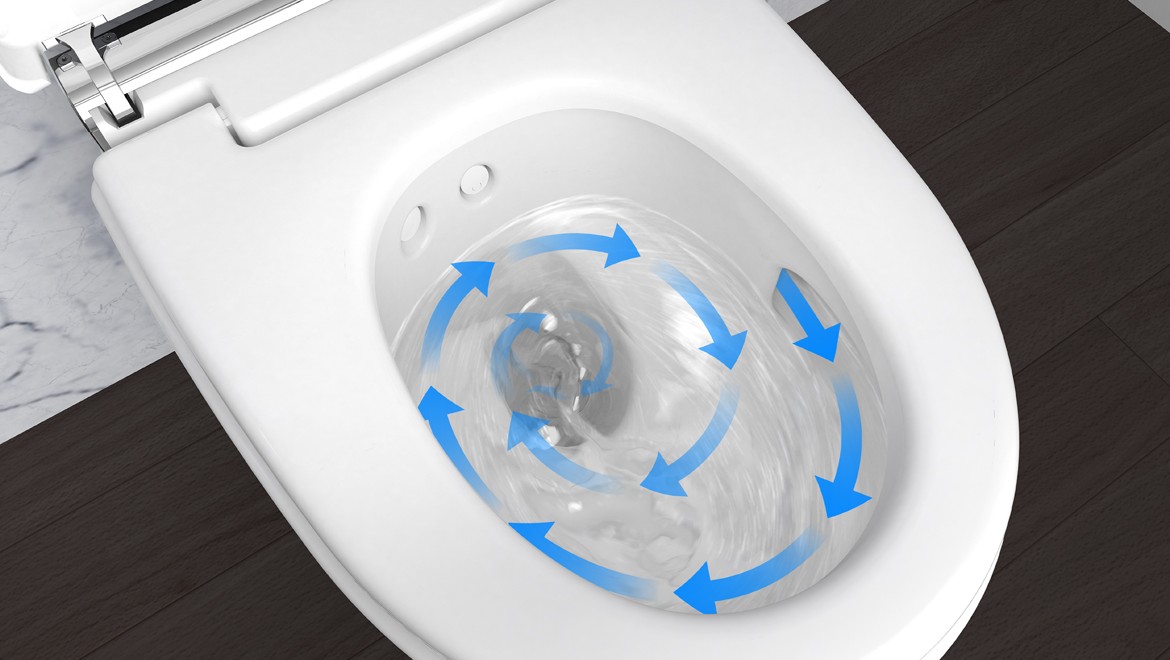In the quest for sustainability, the role of water conservation in the bathroom has become increasingly significant. The phrase Water-saving toilet myths busted often comes up when discussing eco-friendly home improvements, but what are the truths behind these misconceptions? Let's dive into the world of water-saving toilets, debunking myths and uncovering facts to help industry QA professionals and environmentally conscious homeowners make informed decisions.
Water-saving toilets, often known as low-flow toilets, have gained a reputation for being less effective than traditional models. However, many of these perceptions are rooted in misinformation. This article aims to address these myths and provide clarity on the efficiency and effectiveness of water-saving toilets. By understanding the technology and benefits behind these fixtures, you can contribute to water conservation efforts without compromising on performance.

Myth 1: Water-saving Toilets Don't Flush Properly
One of the most common myths surrounding water-saving toilets is that they lack the flushing power needed to clear the bowl effectively. In reality, modern water-saving toilets utilize advanced flushing technologies to optimize performance. These toilets often feature a dual-flush system, offering separate flush options for liquid and solid waste, thereby conserving water without sacrificing effectiveness. To learn more about dual-flush toilets, visit this article.
Myth 2: They Are Not Cost-Effective
Another misconception is that water-saving toilets are more expensive and not worth the investment. While the initial cost of a water-saving toilet might be higher than a conventional model, the savings on water bills over time can be substantial. By reducing the amount of water used per flush, these toilets can significantly lower household water consumption, leading to considerable savings. For a deeper insight into choosing the best water-efficient toilets, check out this guide.
Myth 3: Water-saving Toilets Are Unreliable
Some consumers believe that water-saving toilets are prone to frequent clogs and malfunctions. This myth likely stems from early models that did experience such issues. However, advancements in toilet design and technology have led to more reliable and efficient water-saving toilets. Manufacturers now focus on improving the functionality and durability of these fixtures, ensuring they perform well under various conditions. Explore the future of water-saving toilet technology here.

Myth 4: There Is No Real Environmental Impact
It is easy to underestimate the environmental impact of water-saving toilets. However, when you consider the cumulative effect of reduced water usage, the benefits become clear. Traditional toilets can use up to 7 gallons per flush, whereas water-saving models use as little as 1.28 gallons. This significant reduction in water usage contributes to the conservation of this precious resource, supporting sustainability efforts on a larger scale. For more tips on conserving water in your bathroom, check out these DIY tips.
Additionally, water-saving toilets help decrease the demand on municipal water supplies and reduce the amount of wastewater entering treatment facilities. For those interested in enhancing water conservation at home, resources like this guide on water conservation provide practical strategies.
Choosing the Right Water-saving Toilet
When selecting a water-saving toilet, it's essential to consider factors such as flush performance, water usage, and overall design. Look for toilets with the WaterSense label, a certification that indicates the product meets EPA standards for water efficiency and performance. To further explore eco-friendly bathroom fixtures, visit this article.
It's also important to assess the installation requirements and compatibility with existing plumbing. Consulting with a professional plumber can ensure the chosen toilet suits your homes specific needs. Understanding these elements will help you make an informed decision and maximize the benefits of a water-saving toilet.
Conclusion
As industry QA professionals and homeowners strive to adopt more sustainable practices, debunking myths about water-saving toilets becomes crucial. By dispelling these misconceptions, we can pave the way for informed choices that benefit both the environment and our wallets. Remember, the transition to water-saving toilets is not only a step towards sustainability but also a practical decision for long-term cost savings and efficiency.
FAQs
Q: How much water can a water-saving toilet save?
A: Water-saving toilets can save several gallons per flush compared to traditional models, potentially reducing household water usage by up to 60%.
Q: Are water-saving toilets difficult to maintain?
A: Modern water-saving toilets are designed for reliability and ease of maintenance, comparable to traditional toilets.
Q: Can a water-saving toilet be installed in any bathroom?
A: Yes, water-saving toilets come in various designs and can be installed in most bathrooms, but it's advisable to consult a plumber to ensure compatibility.






